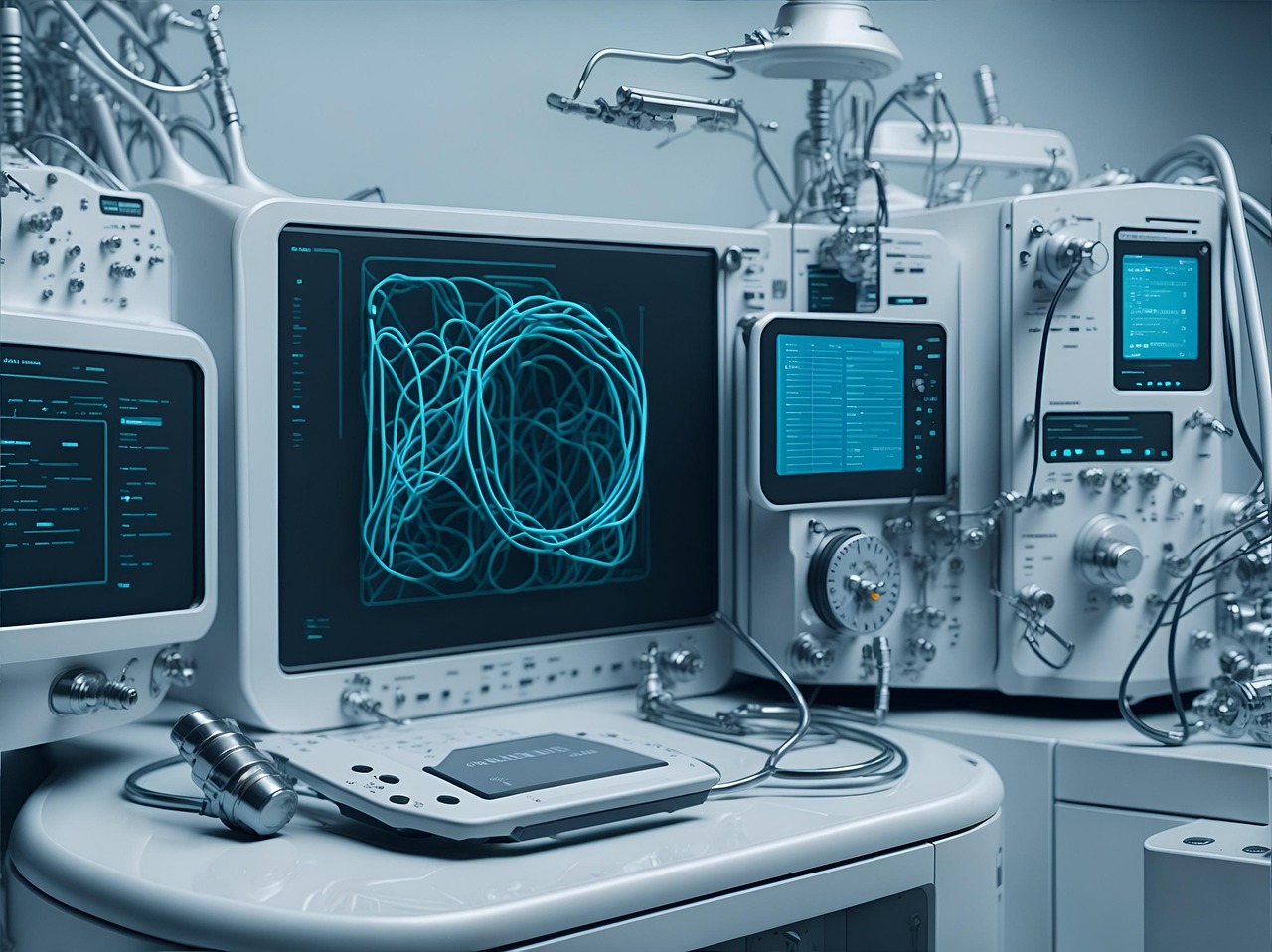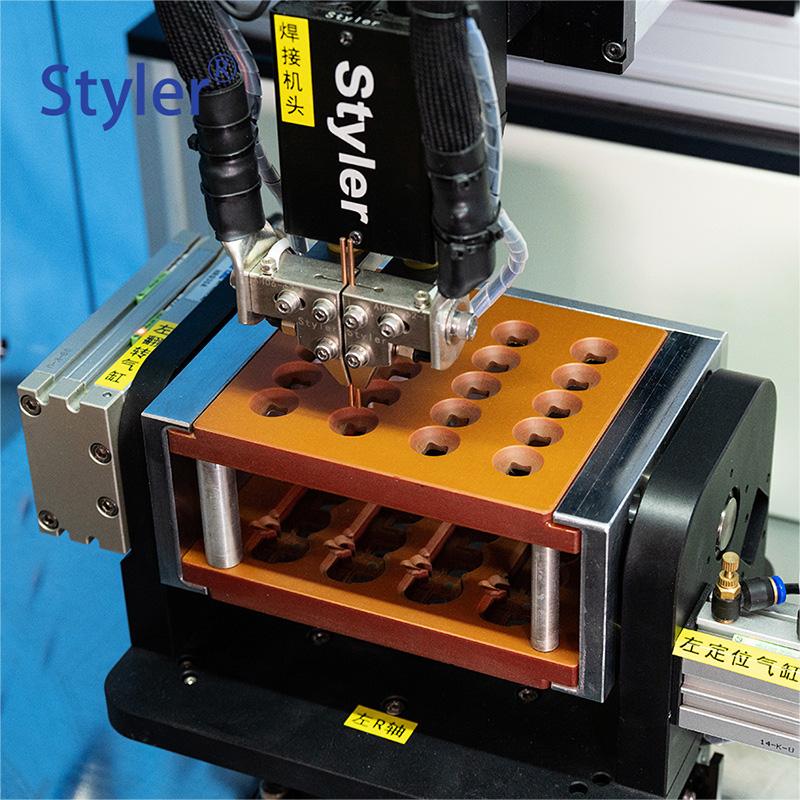The medical equipment sector is undergoing a rapid evolution, with battery-powered devices emerging as the backbone of modern healthcare innovation. From wearable glucose monitors and implantable cardiac defibrillators to portable ventilators and robotic surgical tools, these devices rely on compact, high-energy-density batteries to deliver precision, mobility, and life-saving functionality.
According to ”Grand View Research”, the global medical battery market is projected to surge from ”$1.7 billion in 2022 to $2.8 billion by 2030”, growing at a ”6.5% CAGR”, driven by rising demand for minimally invasive procedures and home-based care solutions. Notably, implantable medical devices—a segment expected to account for ”38% of the market by 2030”—require batteries with exceptional longevity and reliability, as replacement surgeries pose significant risks to patients.
The shift toward portable and wireless medical technologies further amplifies the need for advanced battery systems. For instance, the wearable medical device market alone is forecast to exceed
”$195 billion by 2031” (*Allied Market Research*), with products like smart insulin pumps and remote patient monitoring systems demanding batteries that withstand thousands of charge cycles. Meanwhile, surgical robots—a market set to reach ”$20 billion by 2032” (*Global Market Insights*)—depend on high-power battery packs to ensure uninterrupted operation during critical procedures. These trends underscore the non-negotiable role of ”precision battery assembly” in healthcare innovation.
Spot Welding: The Unsung Hero of Medical Device Reliability
At the heart of every battery-powered medical device lies a critical component: the welded battery connection. Spot welding, a process that uses controlled electrical current to fuse metal surfaces, is indispensable for creating secure, low-resistance joints in battery cells. Unlike soldering or laser welding, spot welding minimizes heat exposure, preserving the integrity of sensitive materials like lithium-ion or nickel-based alloys used in medical batteries. This is vital for devices such as:
● Implantable neurostimulators: Battery failures could lead to life-threatening malfunctions.
● Emergency defibrillators: Consistent electrical conductivity is crucial during high-stakes scenarios.
● Portable MRI machines: Vibration-resistant welds ensure durability in mobile healthcare settings.
The medical industry’s stringent quality standards—such as ”ISO 13485 certification”—demand near-perfect weld consistency, with tolerances as tight as ”±0.1mm”. Even minor defects, like micro-cracks or uneven joints, can compromise battery performance, risking device failure and patient safety.
Styler: Powering the Future of Medical Battery Innovation
As the medical industry continues to evolve, the role of battery-powered devices will undoubtedly become even more significant. Styler’s battery spot welding equipment is designed to meet the rigorous demands of medical device manufacturing. Utilizing state-of-the-art technology, Styler’s equipment offers unparalleled precision and control over the welding process, ensuring that each weld point is formed with the utmost accuracy and reliability.
In addition to its precision, Styler’s battery spot welding equipment is also highly automatable. With the increasing demand for large-scale production in the medical equipment industry, automation has become a necessity. Styler’s machines are designed to integrate seamlessly with automated manufacturing lines, significantly boosting production rates and reducing labor costs.
Join the revolution. Let Styler’s welding expertise elevate your medical device manufacturing.
(the “Site”) is for general informational purposes only. All information on the Site is provided in good faith, however, we make no representation or warranty of any kind, express or implied, regarding the accuracy, adequacy, validity, reliability, availability or completeness of any information on the Site. UNDER NO CIRCUMSTANCE SHALL WE HAVE ANY LIABILITY TO YOU FOR ANY LOSS OR DAMAGE OF ANY KIND INCURRED AS A RESULT OF THE USE OF THE SITE OR RELIANCE ON ANY INFORMATION PROVIDED ON THE SITE. YOUR USE OF THE SITE AND YOUR RELIANCE ON ANY INFORMATION ON THE SITE IS SOLELY AT YOUR OWN RISK.
Post time: Feb-17-2025










